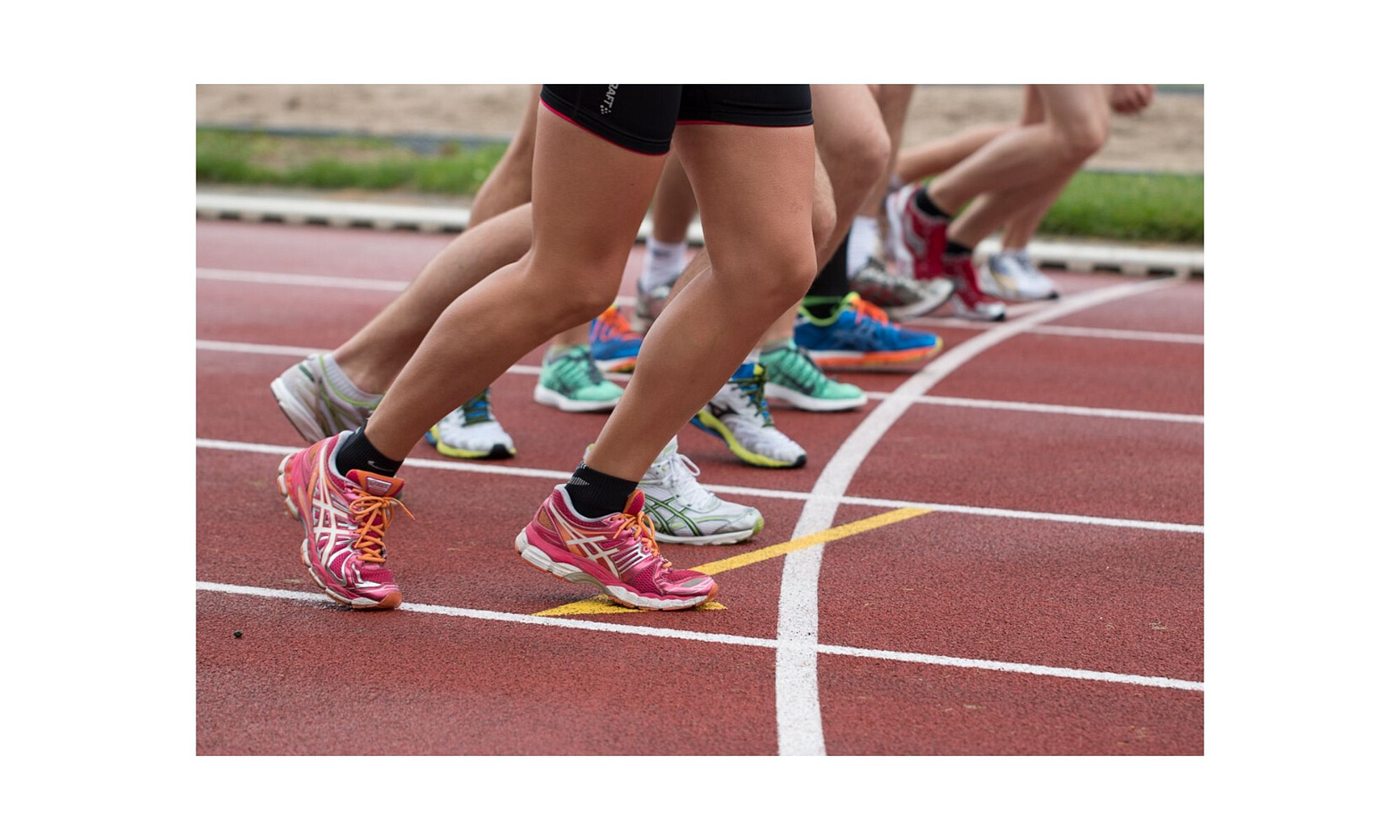Athlete’s Foot, aka Tinea Pedis, is a fungal infection a lot of people have heard about. But what actually is it and why does it occur?
And no, it’s not just limited to Athletes unfortunately, although they are statistically more likely to develop it.
Do you know the 3 main types of microorganisms that exists today? That’s right: Bacteria, Fungi and Viruses. Athlete’s Foot is a fungal skin infection, where specific types of fungi called Dermatophytes (”Dermato” in Greek means ”skin”) attack damp, excessively moisturised areas of the foot.
There are several types of dermatophytes but the one that tends to cause Athlete’s Foot is called T. rubrum. Dermatophytes are what I like to call keratin-destroyers (Keratin is the protein your hair and nails are made out of). These dermatophytes destroy the keratin in the foot’s skin and nails by releasing protein-destroying enzymes (Proteases).
In terms of who can develop Athlete’s Foot: anyone really, including post-puberty children.
Some of the well-known aetiologies (reasons) of developing Athlete’s Foot includes walking barefoot in communal places (like the local leisure centre’s swimming area etc), poor foot hygiene, sweaty feet (Hyperhidrosis), being in hot/tropical climates and a few others.
For some good tips of basic foot care, see the post on this.
Some of the signs and symptoms of Athlete’s Foot include:
- An itchy foot
- Maceration (very moist areas that can cause a wound)- this tends to occur inter-digitally (at the spaces in-between the toes). This can look white or red and scaly
- Thick, possibly painful skin of the feet
- A fungal nail infection (Onychomycosis)
Some treatment options for Athlete’s Foot include:
- Warm, salty footbaths- the salt helps disturb the fungus’ environment
- Surgical spirit
- A topical or oral fungicide (fungus-killer) like Terbinafine (also known as Lamisil)
- Good foot hygiene – it is best to NOT moisturise the foot, especially inter digitally/in macerated areas. Your GP will prescribe you an appropriate emollient (fancy word for moisturiser). This also includes keeping the feet dry and changing socks and shoes regularly. Touching any macerated areas can easily introduce infection onto the foot so best not to do it.
Since it’s getting hotter, and our feet probably have an increased likelihood of becoming more sweaty, it’s good to know a condition that can affect any of us.
Learnt anything new? Leave a comment below. Like and subscribe for more great content.
Note: this article is for EDUCATIONAL purposes only. If you have any concerns, GO AND SEE A PODIATRIST!!

Subscribe to The Foot Geek
Get new content delivered directly to your inbox.
References: NHS England: Conditions- Athlete’s Foot; Neale’s Disorders of The Foot 8th ed.






